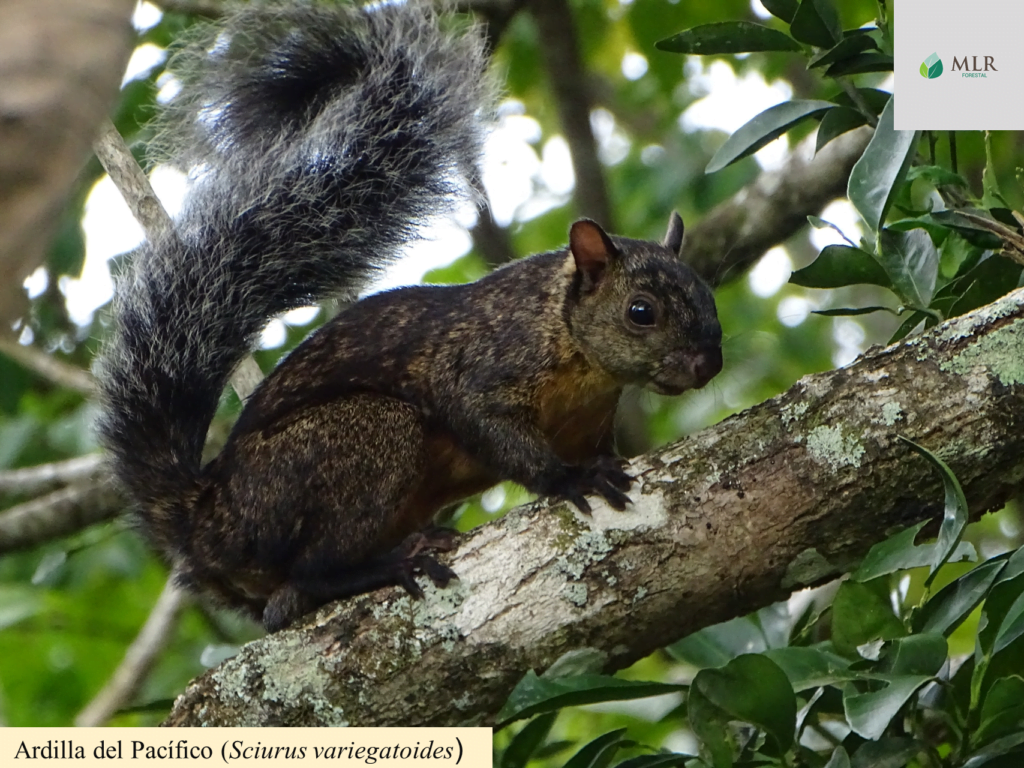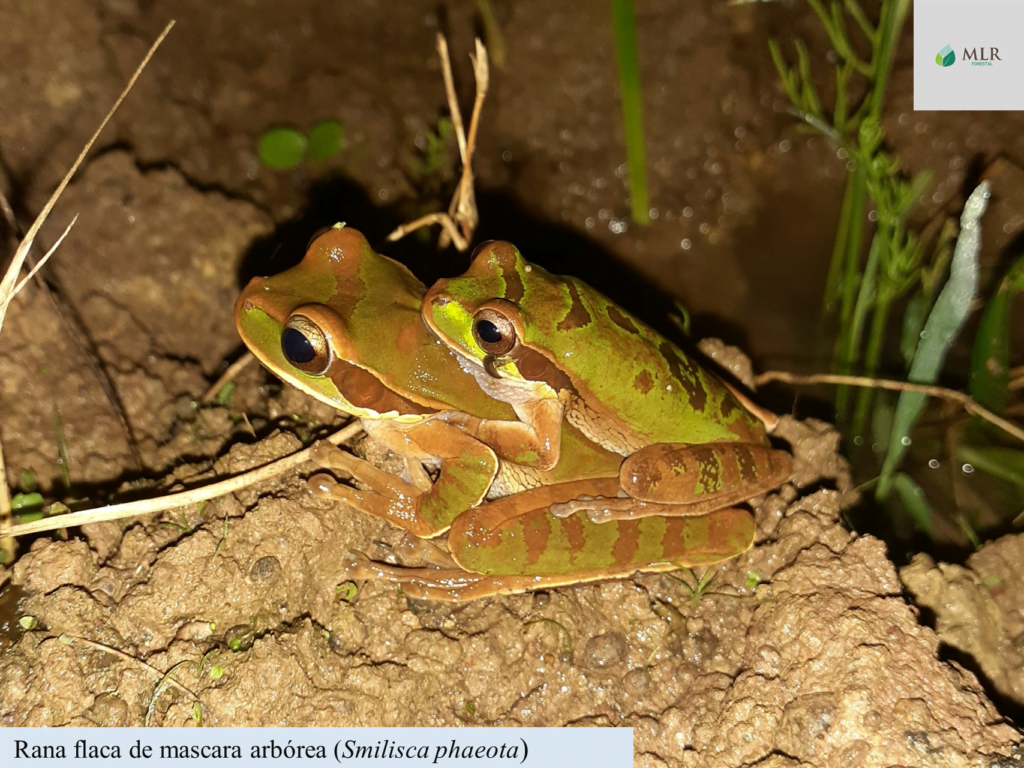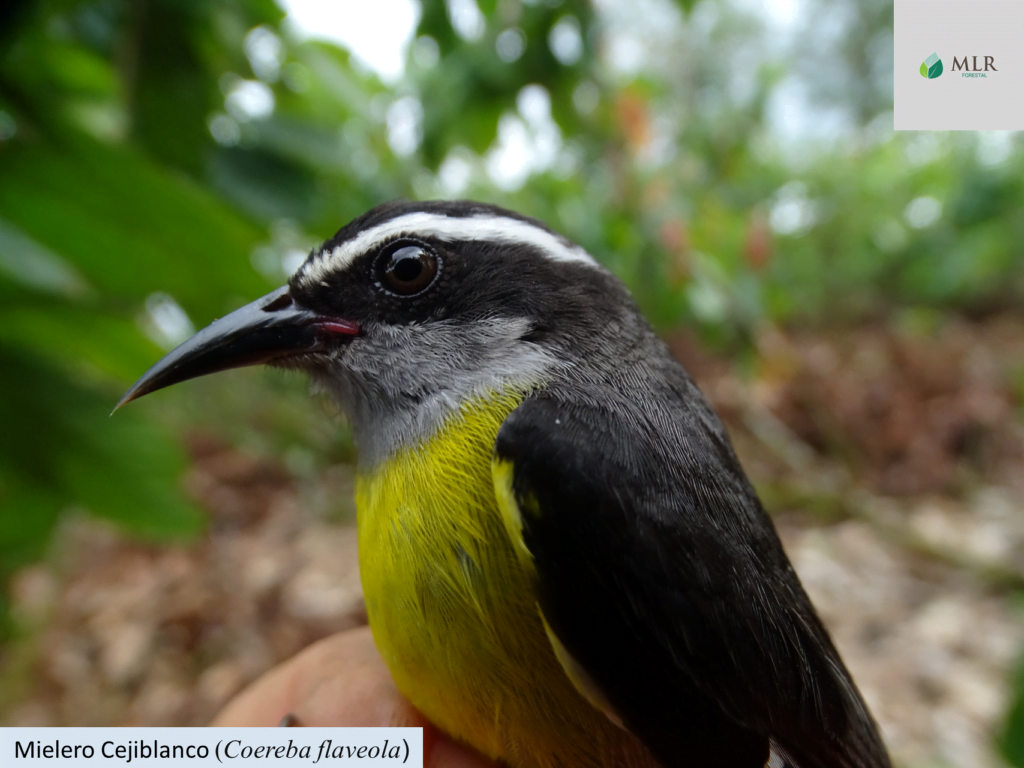News
World Wildlife Day: This is how MLR Forestry shows its commitment

On 20 December 2013, the UN General Assembly proclaimed 3 March as World Wildlife Day to raise awareness of the value of wild fauna and flora. The date chosen marks the anniversary of the adoption in 1973 of the Convention on International Trade in Endangered Species of Wild Fauna and Flora (CITES), which plays a prominent role in protecting species from international trade.
This year, World Wildlife Day is titled: “Partnerships for Wildlife Conservation” in honor of all those who make a difference.
In MLR Forestal the work in favor of wildlife is fundamental and its basis is permanent biological monitoring. This activity is done every month in the protected areas of all the company’s farms.
“Birds, amphibians, reptiles, mammals are tracked. It is checked if there is the presence of new species, which in fact is what is happening because the list of birds, amphibians and mammals has increased, “explains Róger Mendieta, biologist of MLR Forestal.
Environmental education to protect wildlife

Mendieta added that another key aspect for this year will be environmental education “as a way to raise awareness about the importance of wildlife for both communities and ecosystems.”
The expert pointed out that this year with the schools the theme will be developed in the Green Classroom program and with the community there will be informative workshops on amphibians, reptiles and bats “since these groups generate some fear and it is necessary to break myths and barriers,” he said.
However, at the didactic level, the most important project will be the development of a coloring book for school children focused on biodiversity.
Forest MLR: a safe haven for birds
This year MLR Forestal will participate in the Global Big Day and October Big Day events that take place in May and October respectively. These activities are global bird counts organized by the Bird Laboratory of Cornell University in the United States. It aims to increase environmental awareness about the value of birds and the threats they face and promote citizen science.

In November, the company will have its own Institute for Bird Populations (IBP) Winter Survival Monitoring (MoSI) station . The Institute for Bird Populations is a non-profit organization located in Petaluma, California dedicated to studying and monitoring migratory bird populations.
MoSI is a voluntary international collaboration between biologists from across the hemisphere to monitor and conserve birds. With more than 100 partners in more than 20 countries, the network is the largest and longest-running program of its kind. Róger Mendieta, biologist of MLR Forestal, explains that “the project has about twenty years of existence in Nicaragua, one of the first reserves to be part was the Mombacho volcano and exists in other reserves of the country, but not in the North Caribbean Coast”. MLR Forestal will be the first monitoring station in the area.
Share




